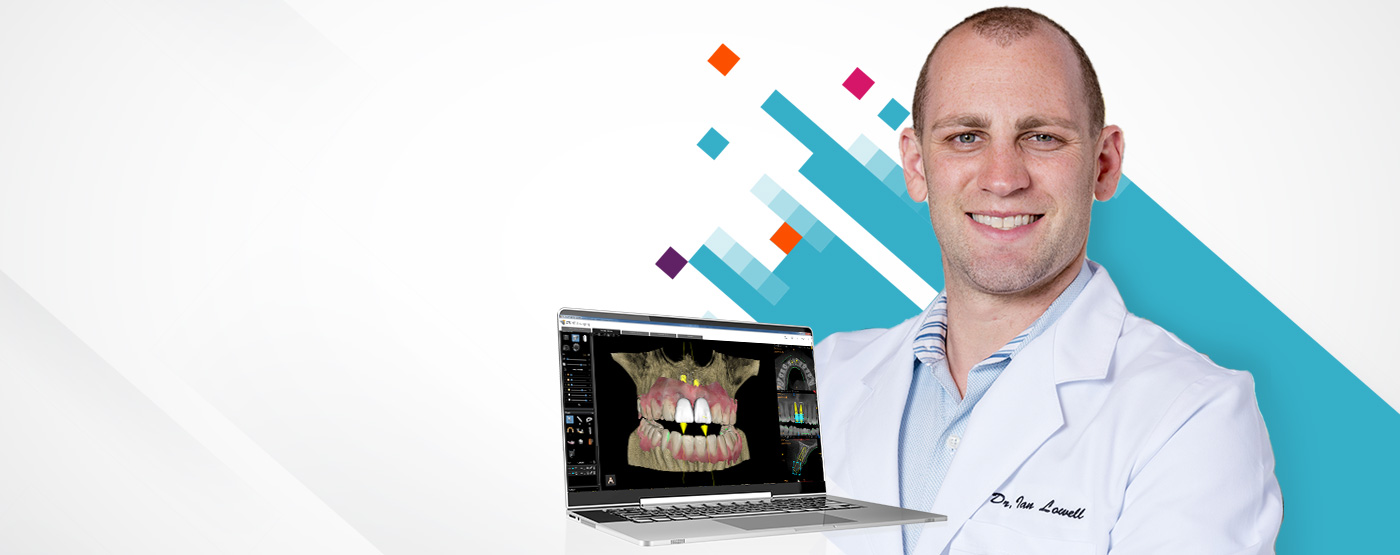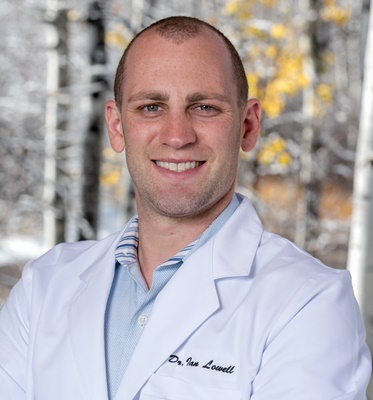Industry Trends for 2023: Advances in CBCT Makes Going Digital Even Easier to Adopt

Over the past decade, digital dentistry has quickly taken over the industry. As time and technology continue to march forward into 2023, we’ll see the digital connected practice become not the exception, not just the norm, but the rule for practicing. That charge is going to be led by a particular piece of technology that can open the door to nearly all aspects of treatment: Cone beam computed tomography (CBCT).
We’ve already seen how Carestream Dental’s systems’ high-quality images and simple user interfaces have made it easier to adopt CBCT. More than a hardware trend, this is really a software trend. Image quality, ease of use…it’s all driven by powerful new algorithms that will let doctors do more for their patients in 2023. That means, once the actual equipment is installed in offices—and for those already practicing with CBCT—new software will let doctors do even more for their patients. For example, expanded fields of view will cover both daily clinical applications and more advanced treatments, like implants. In the future, these algorithms should also be able to extract everything from a cephalometric image to a 3D facial scan, all from one image. I’m excited to see software that will show patients the end results first, and help doctors work backwards, like what the Prosthetic-driven Implant Planning (PDIP) module already does. Doctors will say to their patients: “Here’s where we want to be, and here are the steps we need to take to get you there.” But more treatment options won’t mean it will be more complicated. The software driving this trend will be advanced, yet intuitive to use.
With these software advancements, I hope to see CBCT evolve into the standard of care over the next five years. Panoramic alone isn’t going to be enough for doctors to confidently perform treatment. This will need to be driven by dental schools and governing dental organizations to see these changes, but it’s sure to come.
The key takeaway is that the pandemic led doctors to realize that a connected digital practice not only keeps patients safer—by being able to keep all care in-office—it also leads to faster, better outcomes. By going fully digital and connecting the entire practice—from software to CBCT systems to scanners to 3D printers—doctors can expand their abilities to provide the full spectrum of care. The digital revolution that doctors have explored over the past two years will explode in 2023.
About Dr. Lowell
Dr. Ian Lowell received his bachelor’s degree in exercise science with a minor in chemistry from Fort Lewis College before attending the Anschutz Medical Campus, School of Dental Medicine for his graduate dental degree. As a student at the School of Dental Medicine, Dr. Lowell accelerated in the technological aspects of dentistry. He graduated in 2018 as a general dentist.
Dr. Lowell has spent his initial years in dentistry developing a strong digital component to his dental practice. He utilizes the newest, and most cutting-edge tools available to provide care unlike any other. He continues his training and strives to provide a fun, safe, ethical and compassionate practice to achieve each patient’s specific needs.
Contributors

Categories
- Blog
- CBCT
- Carestream Dental
- Indsutry news
- Tips and best practices
Share





